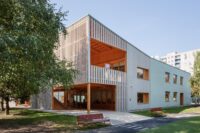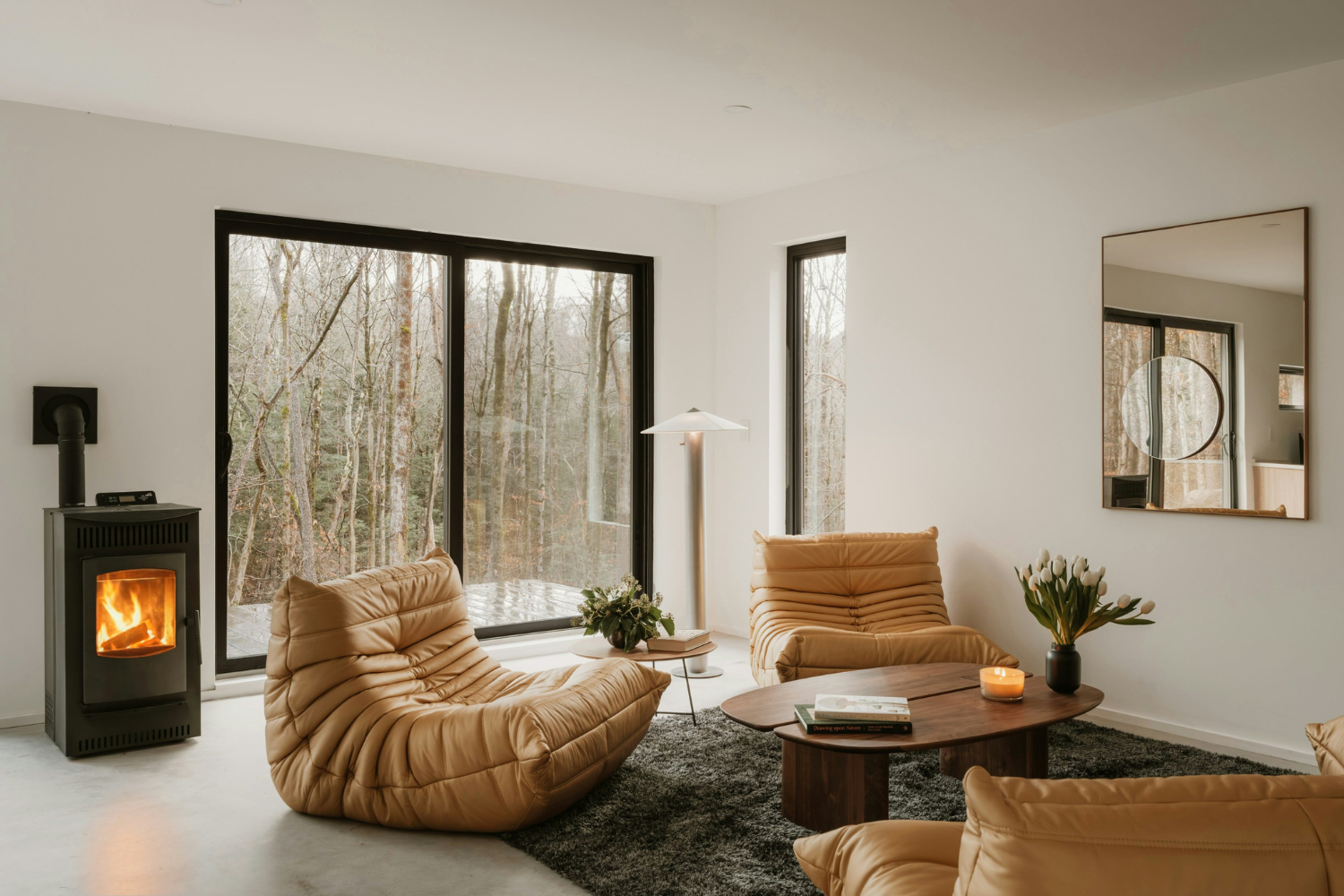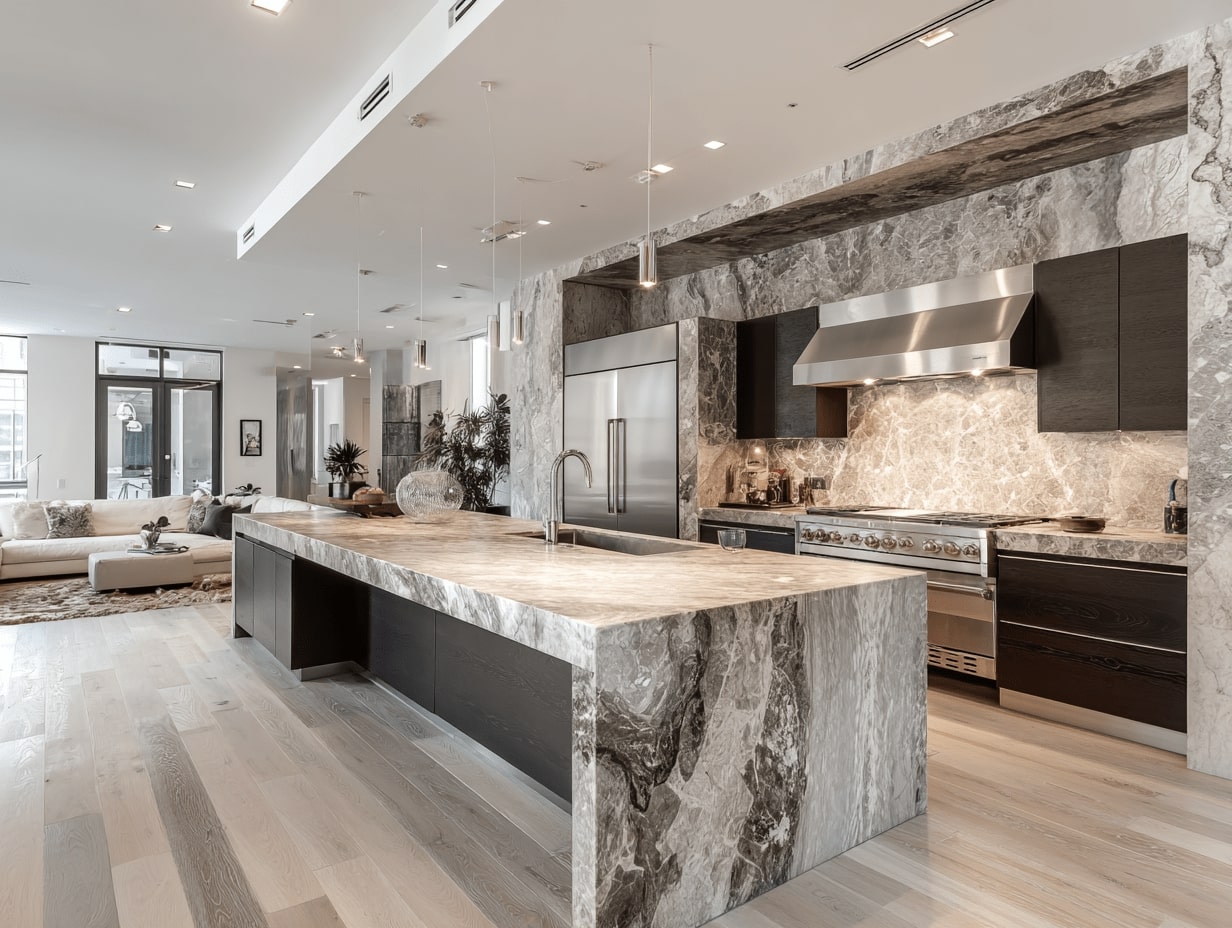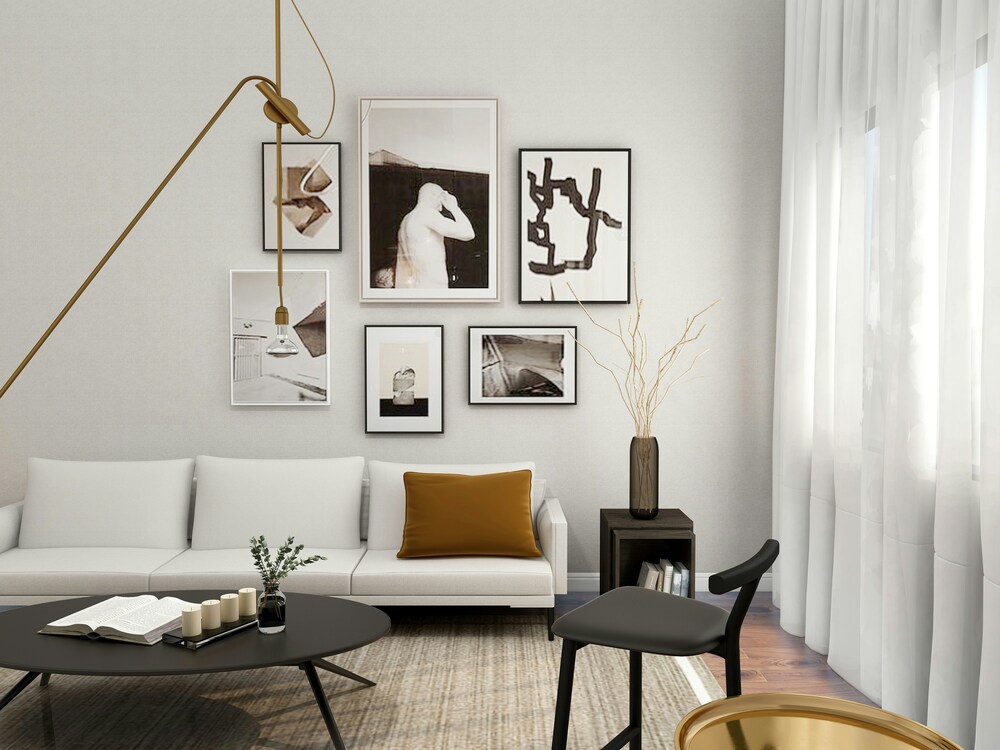- Home
- Articles
- Architectural Portfolio
- Architectral Presentation
- Inspirational Stories
- Architecture News
- Visualization
- BIM Industry
- Facade Design
- Parametric Design
- Career
- Landscape Architecture
- Construction
- Artificial Intelligence
- Sketching
- Design Softwares
- Diagrams
- Writing
- Architectural Tips
- Sustainability
- Courses
- Concept
- Technology
- History & Heritage
- Future of Architecture
- Guides & How-To
- Art & Culture
- Projects
- Interior Design
- Competitions
- Jobs
- Store
- Tools
- More
- Home
- Articles
- Architectural Portfolio
- Architectral Presentation
- Inspirational Stories
- Architecture News
- Visualization
- BIM Industry
- Facade Design
- Parametric Design
- Career
- Landscape Architecture
- Construction
- Artificial Intelligence
- Sketching
- Design Softwares
- Diagrams
- Writing
- Architectural Tips
- Sustainability
- Courses
- Concept
- Technology
- History & Heritage
- Future of Architecture
- Guides & How-To
- Art & Culture
- Projects
- Interior Design
- Competitions
- Jobs
- Store
- Tools
- More
Exploring Upcoming Interior Architecture Movements: Modern and Innovative

As we step into the future, we’re seeing a revolution in interior architecture that’s all about embracing the unconventional. Gone are the days of sacrificing style for function, as innovative chargeable options allow us to adorn our spaces with striking designs, like gorgeous table lamps and solar-powered uplighters. Suddenly, our surroundings, even our gardens, aren’t just spaces, they’re features to be celebrated and enjoyed.
Irregular rugs are making a statement too, owning the floor with their eye-catching prints and unconventional shapes. From curvy to geometric, these designs are a testament to out-of-the-box thinking. And it’s not just about aesthetics. The best of these designs are discreet, multifunctional, and integrate technology seamlessly.
Welcome to the future of interior architecture, where the paint isn’t too expensive and the drywall isn’t a hassle. Instead, we’re embracing trends like peel-and-stick wallpaper, the perfect DIY tool. It’s a time of change, and we’re ready to embrace it.

Table of Contents
ToggleThe Future of Interior Design: A Glimpse Into New Movements
Transitioning from conventional aesthetics, we’re witnessing a wave of discreetly designed items. These clever designs achieve a balance between style and functionality, integrating additional features that disguise their true purpose. For instance, Savannah’s creative security device mimics minimalist toys, blending into your décor while serving its protective function. Similarly, Twelve South’s picture frames double up as wireless chargers, offering a seamless blend of art and utility.
Desks have evolved too, with projected consumer demand for designs integrated with OLED screens that vanish when off, enhancing the minimalist look and feel of workspaces. These instances hint at a future where technology adopts a more prominent role in interior design in a discreet, functional manner.
Our spaces are also set to shine brighter with innovative lighting options. Imagine having table lamps, fairy bulb lights, and solar-powered uplighters enhancing your alfresco dining or indoor plant arrangements. This shift towards functional elegance means that good garden lighting isn’t just about illuminating the outdoors; it highlights your interiors, transforming your garden into a feature to be celebrated.
The future is also all about embracing the unconventional. The norm of regular patterns and orthodox frameworks in rug designs is being reshaped. Current trends in living room rugs are shifting towards designs with eye-catching prints in unconventional forms, ranging from curvy to angular. This divergence from conventional shapes fuels a new outline in design, instigating a wave of out-of-the-box thinking.
Our approach to interior wall design is also changing—say hello to peel-and-stick wallpaper, the next big trend in home DIY. Easy to apply and cost-effective, this innovation suggests a future where homeowners desire more control and flexibility in their interior design choices. A perfect balance between time-efficiency, affordability, and style, it’s set to revolutionize wall art and interior architecture.
With these movements, we anticipate a future filled with designs that are not only visually appealing but also functional, sustainable, and customizable, catering to the evolving demands of consumers. In the words, the future of interior design promises to be spirited and ever-evolving.
Embracing New Technologies in Interior Design
Gone are the days when future living spaces were only a figment of our imaginations. Advancement in technology is reshaping the world, bringing those futuristic designs to life. Our upcoming section sheds light on some of the groundbreaking tech trends positively influencing the interior design industry.
AI and the Changing Face of Architecture
Artificial Intelligence (AI) has wormed its way into interior design, offering innovative, personalized, and intuitive solutions. It includes AI generated images that facilitate the creation of virtual spaces, aligning with individual taste, style, and functional requirements. Imagine a home system programmed to adjust its settings to your mood, preference, and schedule, from custom lighting to tunes, enhancing the overall living experience.
Virtual Reality and Augmented Reality in Design
A step forward in understanding your space even before it’s physically present is possible with Virtual Reality (VR) and Augmented Reality (AR). Chairish, an online store for unique home goods, introduced an AR feature in its mobile app, enabling customers to virtually place selected pieces within their home environment before buying. Similarly, VR points towards a more immersive experience, allowing clients to entirely visualize their spaces in 3D, providing a real room walk-through.
Smart Home Technology Integration
Finally, smart home integration denotes the incorporation of advanced systems and devices to transform living spaces. It encourages energy efficiency while providing a luxury living experience. From ultra-thin TVs, displaying programs in high-definition, to automatic sofa-cum-bed modules, smart home technology is at the forefront of future living room designs. Moreover, the focus is not purely on enjoying the luxury; it’s about using technology to boost sustainability and energy efficiency, setting a strong foundation for future interior design.

The Role of Materials and Colors in Future Interiors
Following the wave of ingenious designs and groundbreaking technology applications, let’s cast our lens towards the core of any architectural innovation: materials and colors. From eco-forward selections to synthesized options, future interiors will showcase a novelty in material use. Additionally, an intense shift towards detailed aesthetics underscores the remarkable flair of future interiors.
Sustainable and Synthesized: Novelty in Material Use
The genesis of sustainable and synthesized materials is among the remarkable transformations approaching future design spaces. As the quest for environmentally gentle options expands, interiors are embracing green solutions. A notable trend lies in the inventive use of dynamic recycled and renewable materials for interior design purposes.
Synthetic materials, providing a sustainable and affordable alternative, are another rising trend. The deployment of these materials, including everything from engineered woods to multilaminar glass, is beneficial to imparting design longevity while ensuring minimal environmental damage. Specifically, the use of peel-and-stick wallpapers triumphs as an affordable, fashionable, and easy-to-apply trend which offers unique opportunities for architectural artistry.
Decorative Details: A Major Player in Future Designs
In future interiors, splashes of color and creative patterns will make bold statements. The power of decorative details, often overlooked, will make a prominent comeback, enhancing the aesthetic quality of the living spaces.
From subtle grey room ideas that offer a clean and sophisticated look, to eye-catching irregular rug designs that defy conformity, color and decoration will play essential roles. Accent walls infuse living spaces with vibrant shades, intricate patterns and artistic mural designs, giving each room its own style and personality.
Even minute accents like curtain trims, once snubbed as antiquated, are now rebranded as chic accessories. These little design touches, in the form of tassels, braids or pom poms, can dramatically enhance the look of drapery and overall room decor.
In a nutshell, the fusion of ingenious material use and the flamboyant accentuation of decorative details encompass the novel trends shaping future interiors. The rise of sustainable synthesized materials and revitalized decoration offers a tantalizing glimpse into the potential and versatility of upcoming interior architectural movements.

The Significance of Maximizing Natural Light
Another pivotal element in future interior architecture movements is maximizing natural light. The upcoming trend in 2024, already hinted at, sees natural light not as a mere necessity, but an essential design accessory. With a focus on this, large windows, skylights, and strategically placed mirrors play an increasingly vital role, these amplify the benefits of natural light, creating airy, welcoming spaces in homes and buildings alike.
Bright, light color schemes, along with reflective surfaces like mirrors, enhance the effect of natural light even further. Sparkly accent pillows, for instance, aren’t just trendy accents but tools for manipulating light within a space.
The effects of natural light make it an essential inclusion in any design. Besides the aesthetic appeal, natural light promotes vitamin D production, essential for physical well-being. Furthermore, evidence supports the notion that natural light improves focus and promotes overall well-being.
Character-Rich Home Interiors
Apart from manipulating natural light, there’s a strong emphasis on authenticity in the future of interior architecture. An essential trend of 2024 is the rise of character-rich home interiors. Personalized and unique decor is becoming increasingly popular, securing the charm of vintage finds and artisanal craftsmanship an elevated position within modern design.
Each piece in a character-rich home tells a personal story. Whether it’s a handcrafted wooden table or a vintage mirror, these unique pieces transform a house into an inviting, charming space. Incorporating these elements imbues a space with authenticity, making it not just a house, but a home.
With these emerging trends, future interior architecture promises a revolutionized approach to design. Be part of this wave, embracing the authentic and the natural to create spaces that aren’t just beautiful but also nurturing and stimulating.

The Transformation Of Spaces: Towards Multi-Purpose Interiors
Transitioning into versatile and functional spaces stands as a key component in forthcoming interior architecture fashions. Multi-purpose rooms promise potential savings in space, which proves vital in urban living scenarios where every square foot matters most.
Strategically combining comfort, aesthetics, and flexibility, versatile furniture gains momentum. Picture a desk with integrated OLED screens that disappears when turned off, a brilliant blend of convenience and style. Similarly, wireless charging furniture pieces by Twelve South streamline the workspace and minimize device clutter.
Incorporating image courtesy of Note Design Studio, quirky irregular rugs are paving the way to shape an unconventionally cozy atmosphere. Imagine a living space fused with an exotic silhouette on the floor- an interesting play between fashion and function. From curvy to geometric, these innovative rugs redefine space utilization while augmenting the room’s visual dynamics.
Another vision of multi-functionality appears in the realm of garden lighting. Imagine a gorgeous table lamp doubling as a solar-powered uplighter for your plants. Elemental, functional, and enhancing- it’s the trifecta of future interior architecture. This type of lighting innovation enhances outdoor aesthetics, transforming gardens into features to be enjoyed from both inside and outside.
Exploring a bolder color palette, think glazed external tiles contrasting traditional brickwork. Not only do they command attention, but they also serve as a practical cladding solution for modern home extensions. Their striking color burst coupled with practical benefits offers homeowners a stylishly savvy solution.
Expanding boundaries of design, our interiors gradually take on dual, sometimes even multiple roles, marrying style with function like never before. These new directions in interior architecture are set to revolutionize our living spaces, turning them into hubs of innovation, beauty, and convenience. These multi-purpose trends are not just design predictions but potent responses to evolving living conditions and lifestyle choices.

Conclusion: Interior Architecture Movements In A Futuristic View
Future trends will emphasize versatility in rooms, going beyond the confines of single-use spaces. Multipurpose rooms, such as a dining area converting into a game room or library, gain traction. Furnished with versatile furniture, these rooms adapt to unique requirements. Imagine a kitchen bartop transforming into a workspace or a bookshelf in your living room that becomes a home theater.
Peel-and-stick wallpaper stands as an epitome of this trend, combining functionality with ease-of-use. Like a sticker clinging to your wall, this handy tool reinvents a space instantly. With prices as low as $1 per square foot, it enables an exploration of wild designs and bold colors. The DIY enthusiasts out there – this checkmarks cost-effectiveness and low maintenance off your list, as the wallpaper is just as easy to remove as it is to stick.
Innovative decor does not stop at the walls. Tech blend seamlessly into home interior designs in groundbreaking ways. Savannah, a security gadget, mirrors minimalist toys, maintaining aesthetic while promising safety. Picture frames by Twelve South double as wireless chargers, standing as testament to versatile functionality and design.
Desks with integrated OLED screens gaining popularity highlight ingenious optimization of space. These screens, invisible when turned off, pledge to revolutionize workspaces.
This transformative architectural paradigm emphasizes the adaptability of interiors to the occupants’ ever-evolving needs. Versatile, cost-effective, and blending tech with aesthetics, these trends in interior architecture paint a promising portrait of the future.
Submit your architectural projects
Follow these steps for submission your project. Submission FormLatest Posts
BXB Studio’s Hybrid Interior: Redefining the Modern Architectural Workplace
The Warsaw headquarters of BXB Studio was established in a modest 70...
5 Must-Know Interior Design Trends in American Homes
From warm minimalism to bold oversized artwork, these five interior design trends...
How Open Kitchens Create a Sense of Space Indoors (Without Sacrificing Function)
Open kitchens: see how sightlines, lighting, and smart layouts make rooms feel...
The Revival of Chunky Fiber Crafts in Modern Interior Design
Contemporary interior architecture has shifted away from hard minimalism. After a decade...












Leave a comment